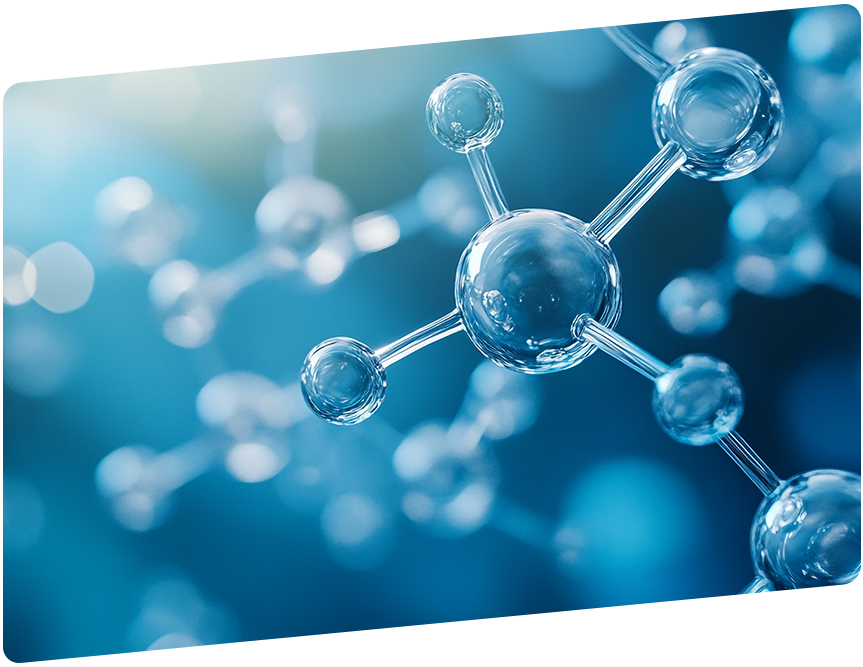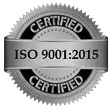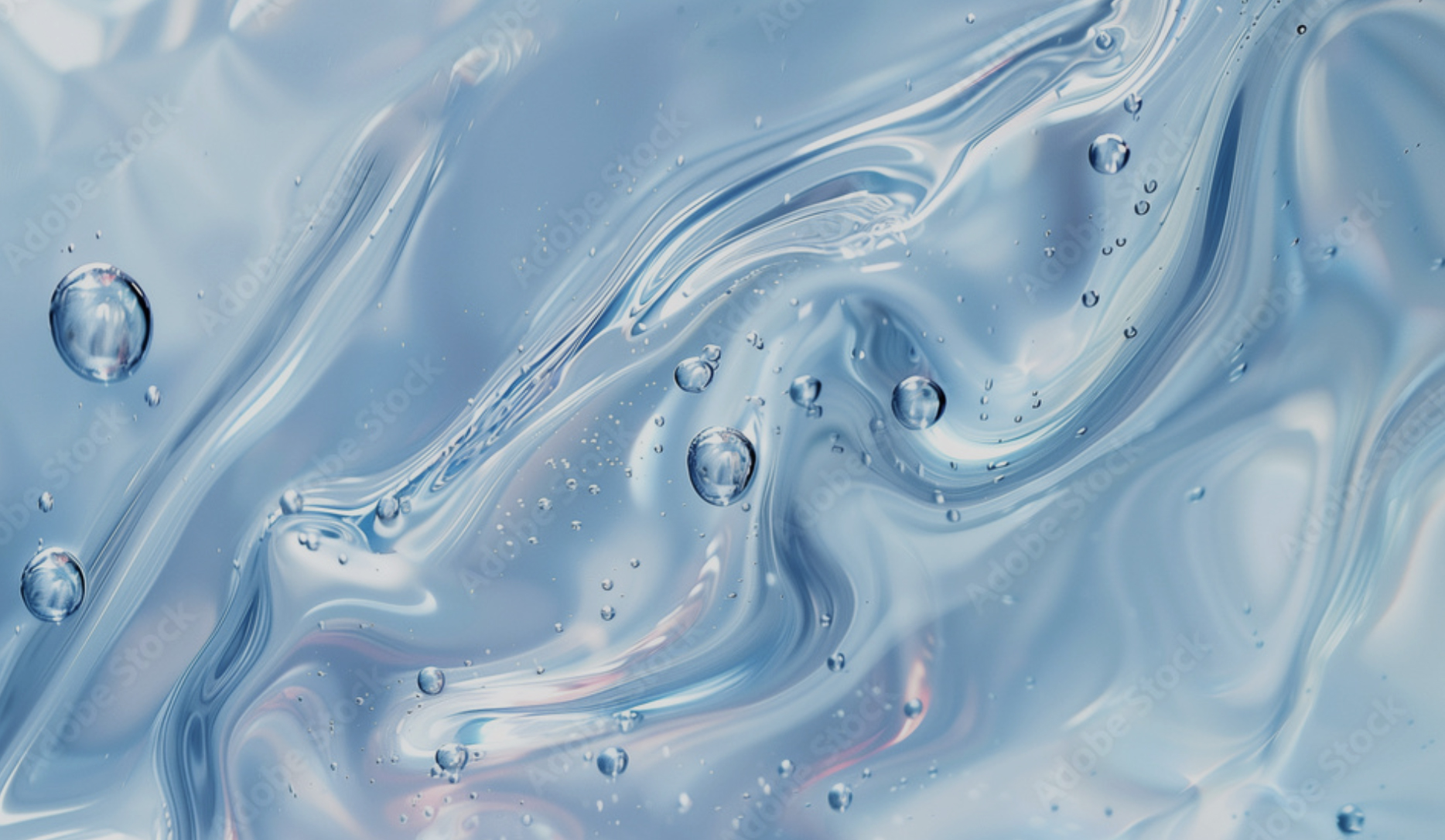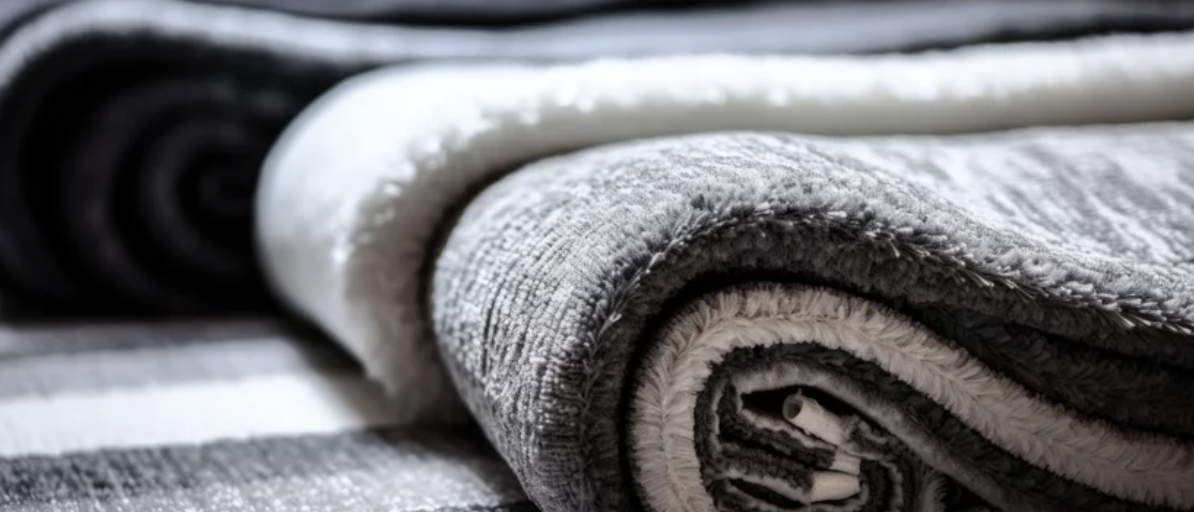Amphoteric Surfactants
Amphoteric surfactants, also known as zwitterionic surfactants, are incredibly versatile compounds used across countless industrial and consumer applications. With their unique molecular structure that gives them both positive and negative charges, pH-sensitive surfactants can adapt their chemistry according to the High pH of the solution. This allows them to maintain their functionality as surfactants under different conditions. Keep reading to learn more about how these dynamic chemicals work and their widespread uses.
Chemical Properties of Amphoteric Surfactants
Amphoteric surfactants contain both acid and base groups, enabling them to react as either depending on the pH. For example, Coco Betaine and alkylbetaines contain both a positive charge (ammonium) and a negative charge (carboxylate) in their molecular structure. The balance between these charges determines the surfactant’s behavior. At High pH, the carboxylate loses its charge, making the ammonium dominate and giving an overall positive charge. At high pH, the ammonium becomes deprotonated, giving an overall negative charge from the carboxylate. This adaptability makes amphoteric surfactants versatile across many applications.
In addition to their responsive charge properties, mild surfactants like amphoteric surfactants provide other desirable functions. They have excellent compatibility with skin and membranes, making them common ingredients in Personal care products like Shampoo, Conditioners, and Facial cleansers. Their high water solubility also makes them useful across many water-based formulations. Amphoteric surfactants are also Preservative Free, biodegradable, and non-toxic, giving them a favorable environmental profile compared to other surfactant types.
Examples of Amphoteric Surfactants
Some of the most widely used amphoteric surfactants include:
- Coco Betaine – These are used in personal care products like shampoos and Laundry detergent. Polyventive is a leading Betaine supplier, manufacturing various alkylbetaine derivatives.
- Hydroxysultaine – Common in Conditioners, cosmetics, and industrial cleaners. Amphoterics offered by Polyventive include cocamidopropyl hydroxysultaine.
- Cocoamphodiacetate – Used in hair and skin conditioning products. Polyventive manufactures cocoamphodiacetate imidazolines.
- Lauroamphoacetate and Amphoglycinates – Sodium Caprylamphoacetate is used in shampoos and bubble baths.
- Sarcosinates – These are used to improve Foam Boosting and quality in shampoos.
- Sultaines – Offer Foam Stabilizing and good conditioning in personal care products.
This represents just a sample of the many amphoteric surfactant options available for different functions. Chemists can tailor the head and tail chemistry of amphoterics to optimize properties, ensuring they are Low foaming or provide other benefits.
Common Use Cases
The adaptability of amphoteric surfactants makes them ideal ingredients across diverse industry sectors:
Choosing the Right Amphoteric
With so many amphoteric surfactant options available, it is important to select the right one for your application needs:
- Consider requirements like Foam Boosting, conditioning, cleansing, solubility enhancement, Low foaming, wetting ability, Thickener, emulsification, and more.
- Match the surfactant chemistry to your pH conditions, rheology needs, and process specifications.
- Review biodegradability profiles if environmental impact is a concern.
- Evaluate cost, supply availability, and regulatory factors.
- Partner with an experienced supplier like Polyventive, who can help determine the optimal chemistries and grades for your specific application.
Environmental & Safety Aspects
As opposed to synthetic surfactants, which have an adverse effect on the environment due to their inability to degrade, amphoteric surfactants are safe for commercial and consumer use. Their Low irritation, low toxicity, and biodegradable properties, combined with excellent antibacterial properties, make them environmentally safe solutions that cause little to no skin irritations.
With their dual acid/base functionality, amphoteric surfactants adapt their chemistry to suit different conditions. This makes them an extremely versatile ingredient in countless consumer and industrial applications where flexibility and mildness are paramount. Polyventive offers the broadest line of high-quality surfactants to meet your specific needs. We are a supplier of sodium laureth sulfate, cocamidopropyl hydroxysultaine and betaine. Contact them today to learn how their innovative chemistries can benefit your products.








